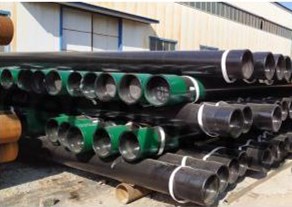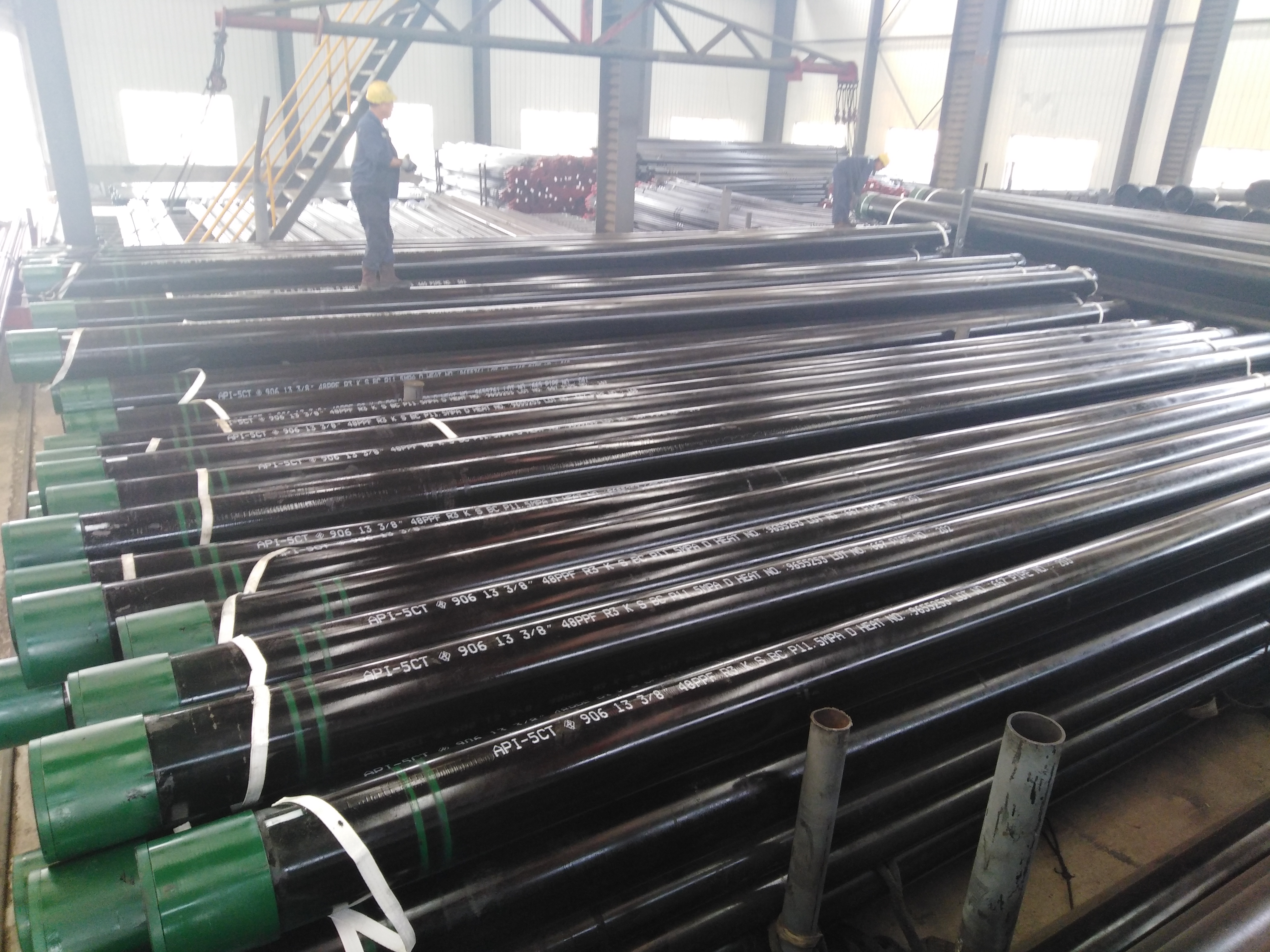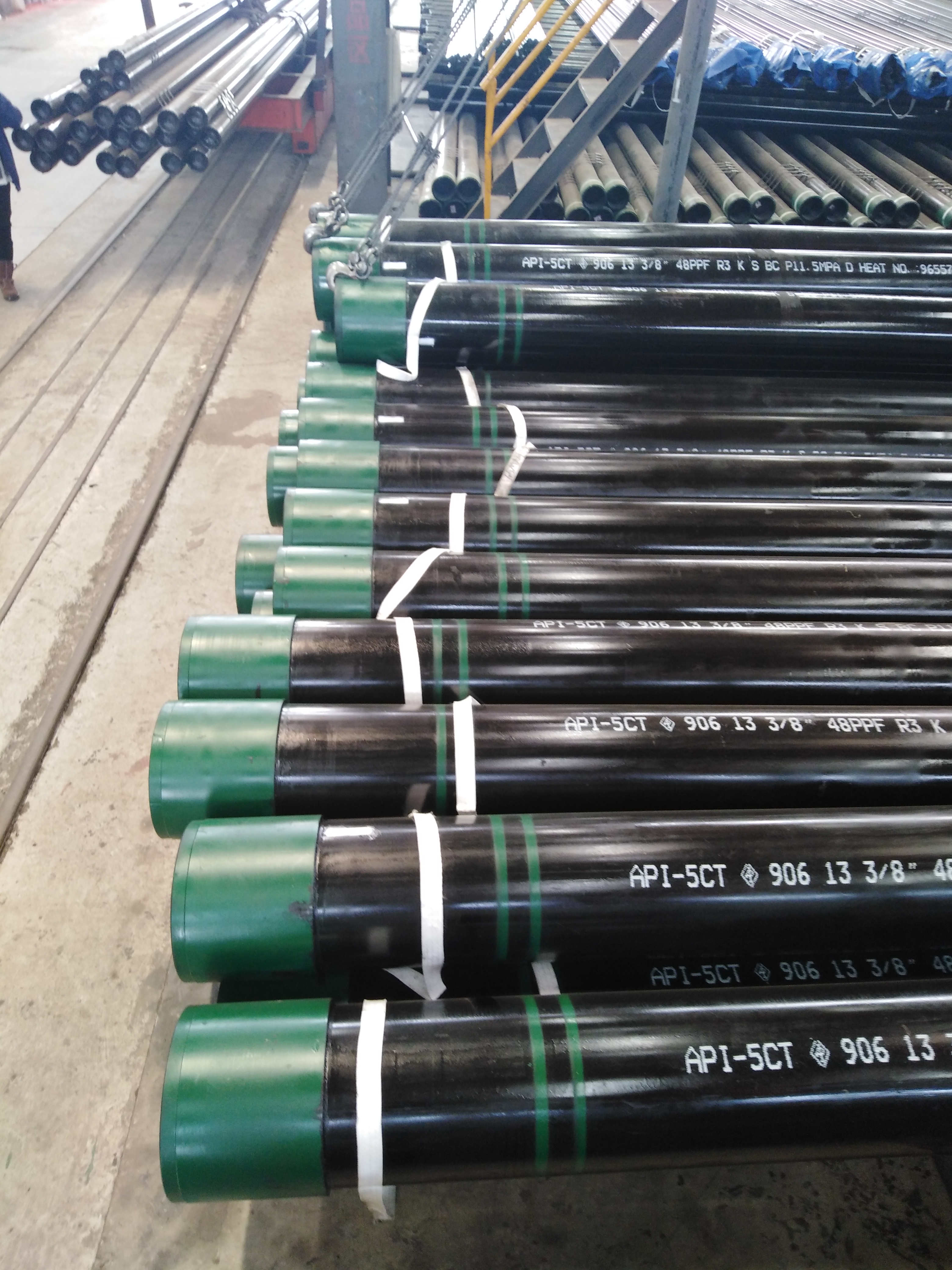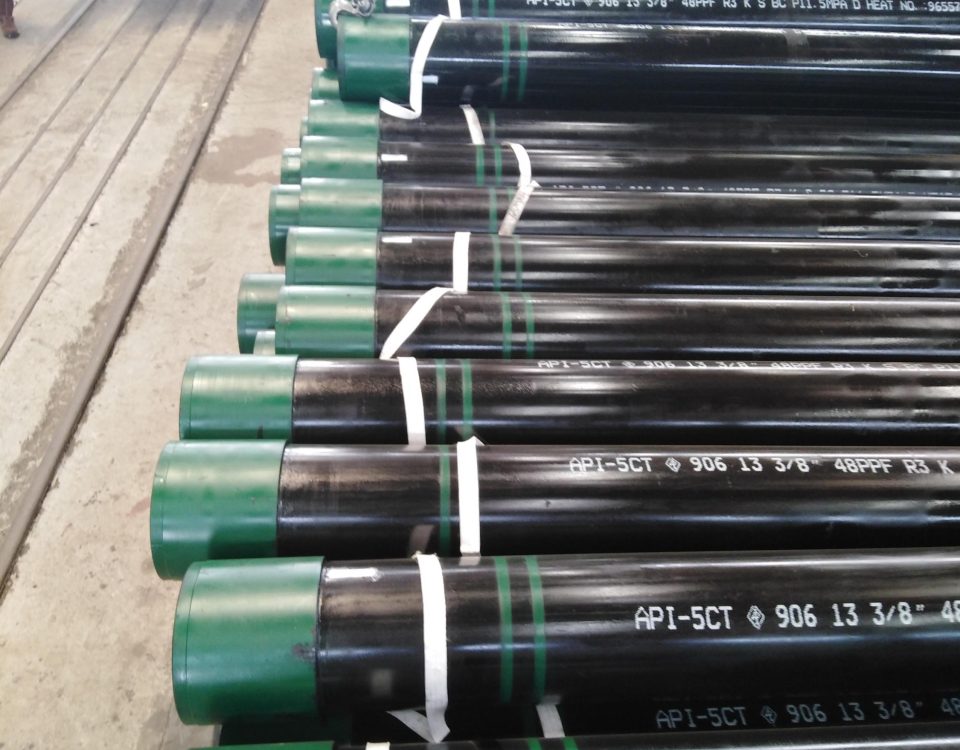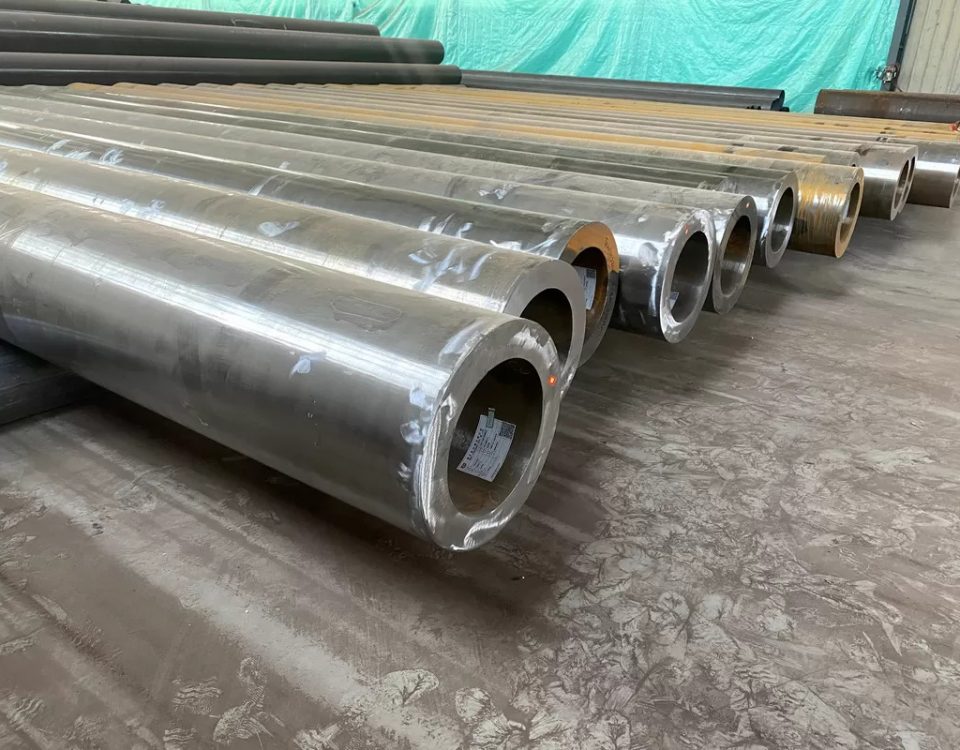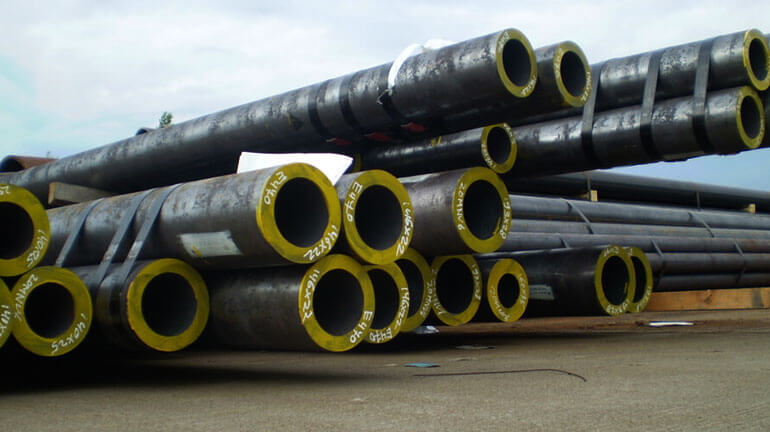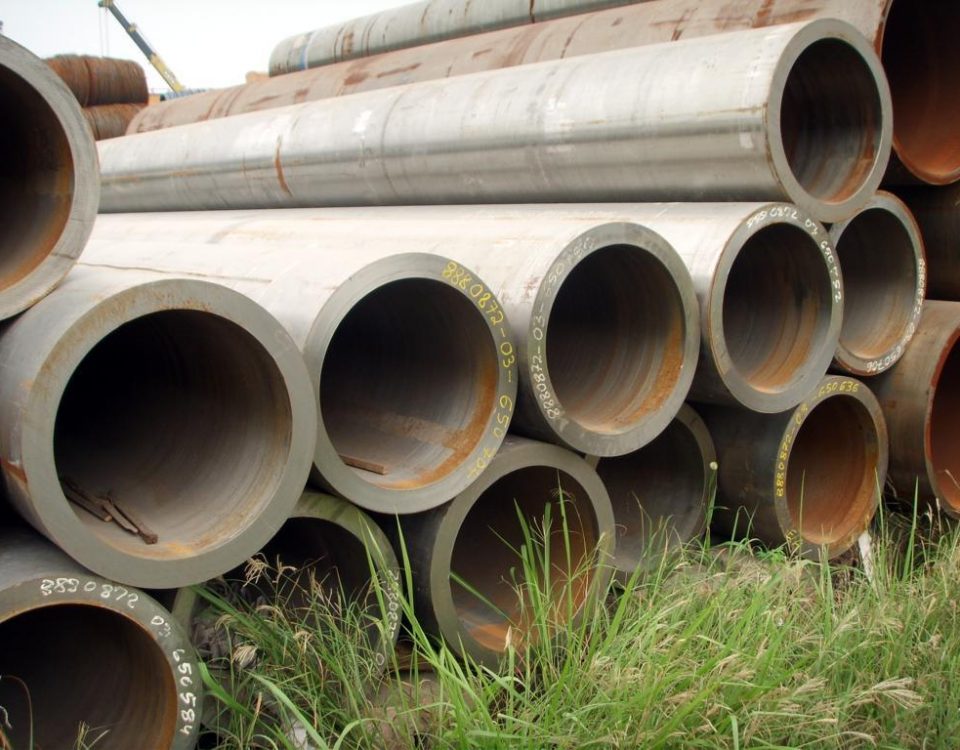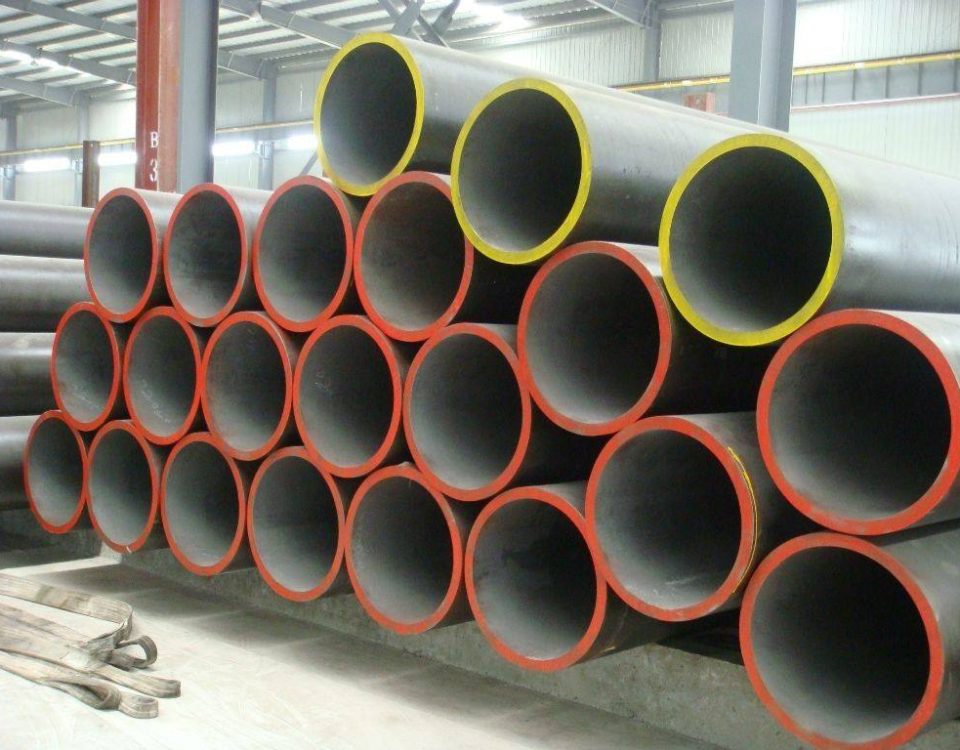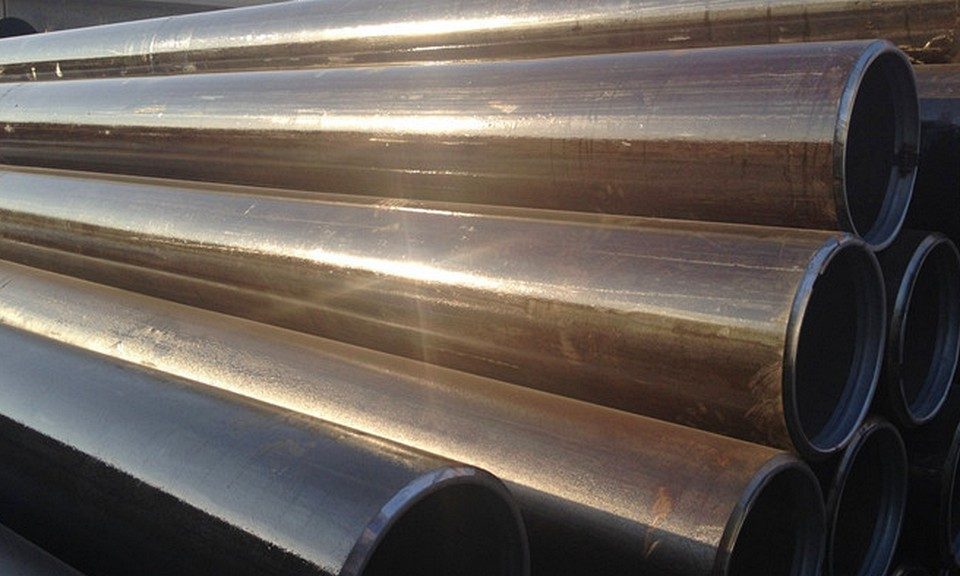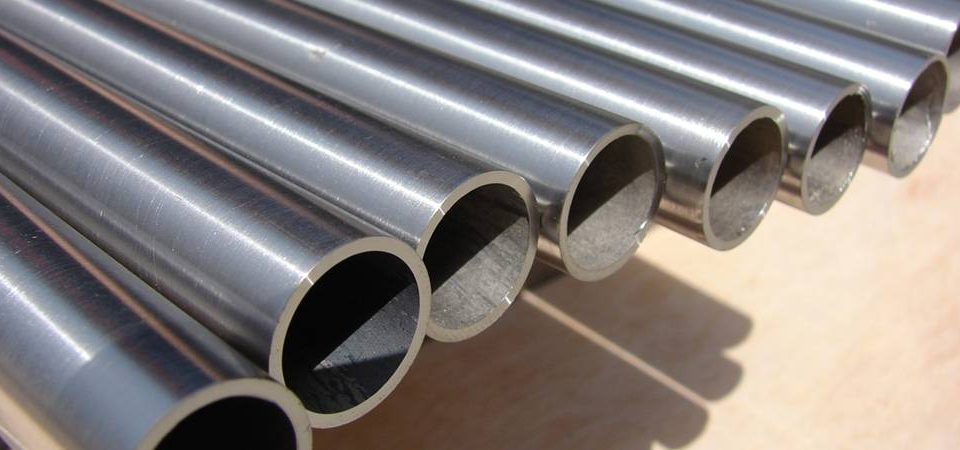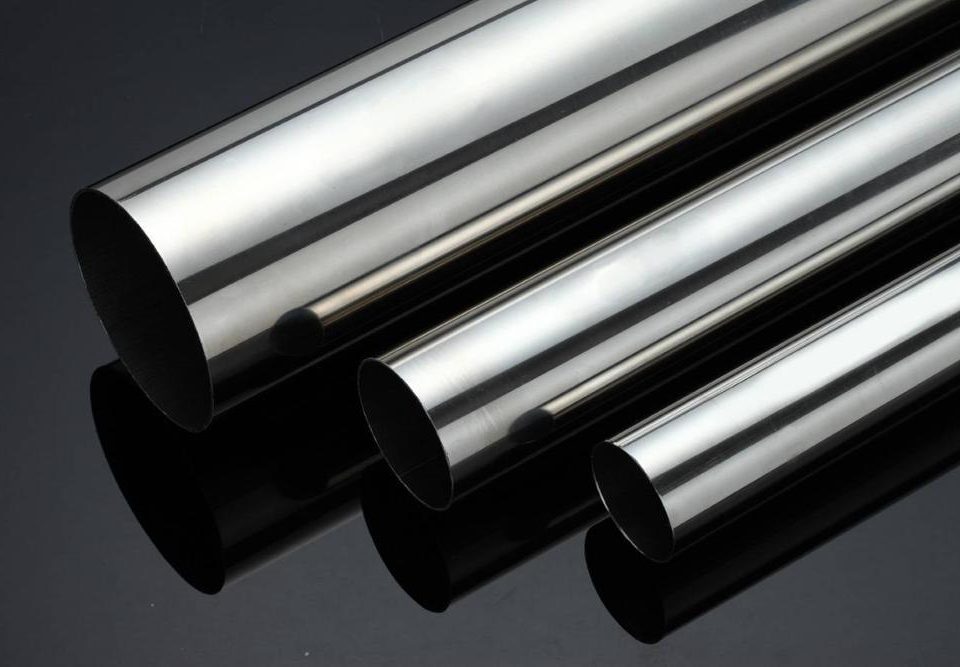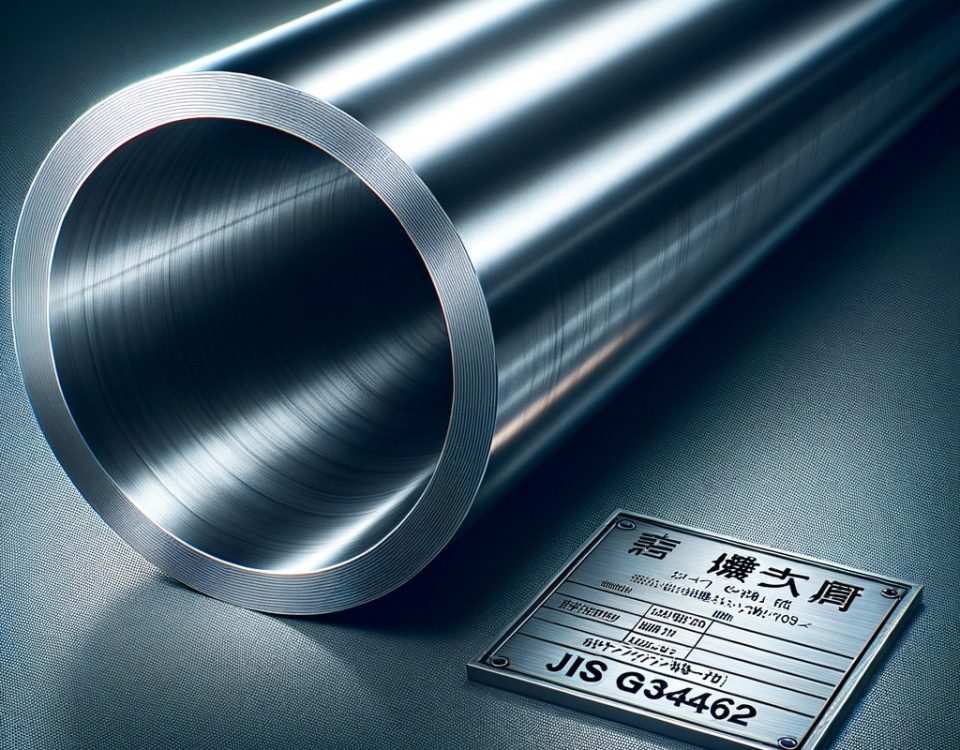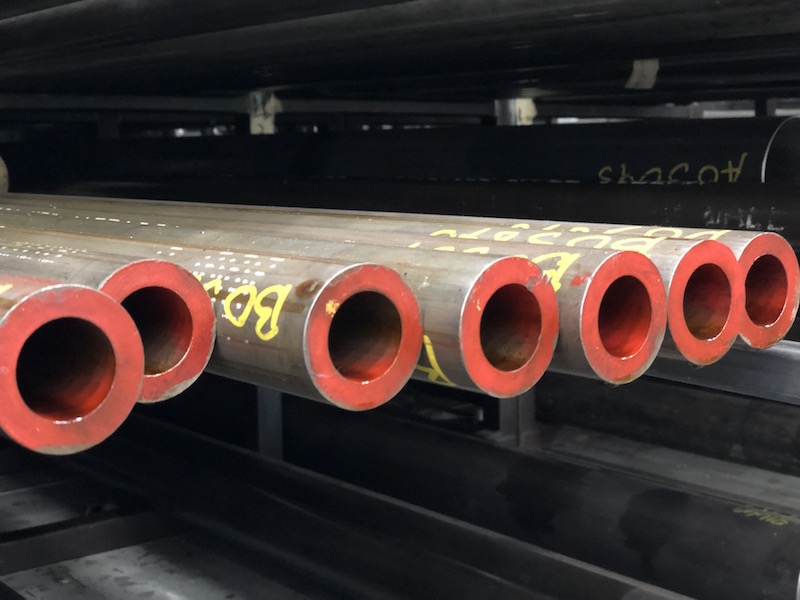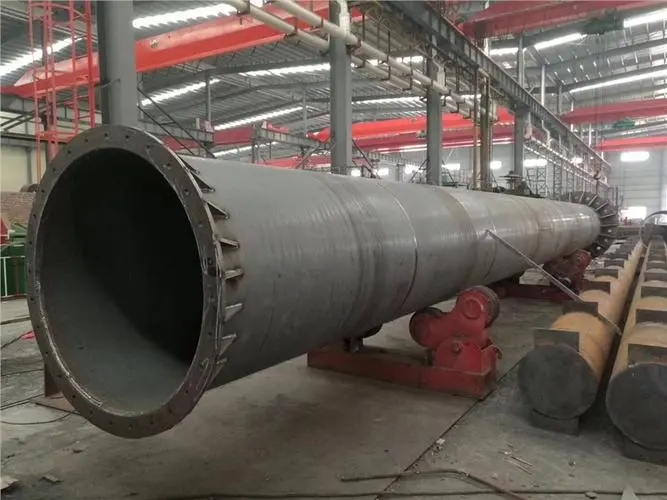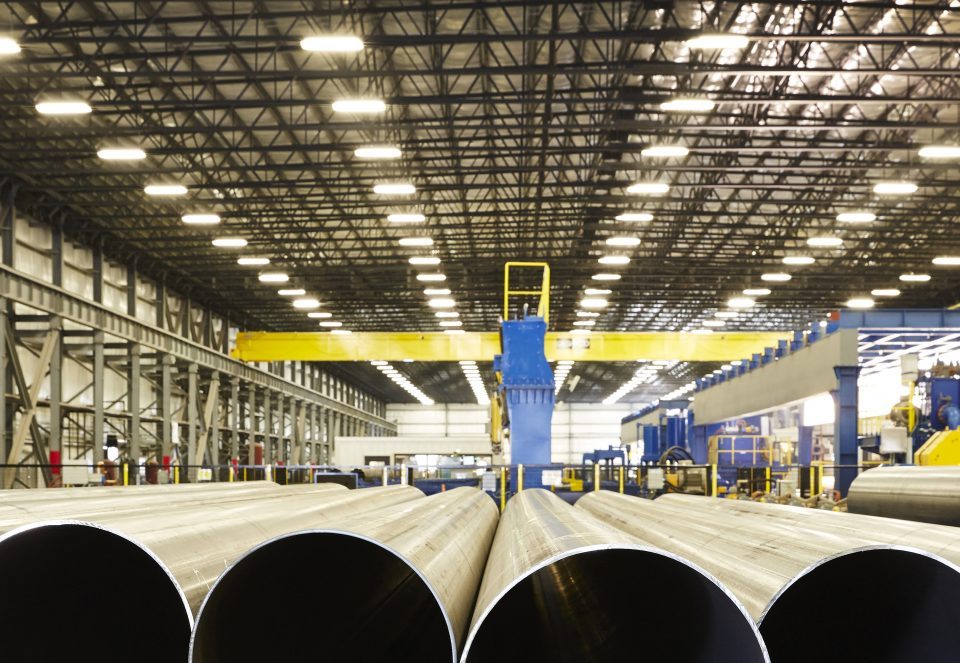Detailed introduction of 16Mn seamless pipe
December 13, 2021Detailed explanation of Pipe and Tube
December 29, 2021The coupling should be a seamless pipe, and its steel grade, type and heat treatment should be the same as that of the pipe. When the coupling is electroplated, the electroplating process should be controlled to minimize hydrogen absorption.
The structure of the tubing coupling is: the end of the tubing is connected with the inner wall of the coupling by a tapered thread, and the end of the coupling body is connected with the tubing by a flat thread with the same thread and pitch. It has the characteristics of alleviating the stress concentration at the root of the external thread of the tubing connected by a single taper thread, is not easy to cause fatigue and fracture, and the connection effect is good. Effectively prevent the occurrence of breakage accidents of oil well tubing strings.
Couplings are divided into tubing couplings and casing couplings. Commonly used steel grades are J55, K55, N80, L80, P110, etc.
Tubing couplings play an important role in oil well operations. It can be used with oil casing to protect wells from shallow and shallow gas formations, as well as oil and gas transportation and drilling of oil and gas wells. Support the weight of the wellhead and other layers to prevent collapse. And to ensure that the oil well is drilled and the entire oil well is in good operation after the well is formed, and that the pipeline can pump oil and gas from the well to the surface.
As the lifeline of oil well operations, tubing couplings have relatively high quality requirements. Because if it is damaged due to special reasons, it may directly cause the oil well to reduce production, and even cause the exploratory well to be directly scrapped. Therefore, there are many requirements for the selection, which should be selected according to different geological conditions and downhole pressure. It is recommended that when selecting and purchasing oil casing and tubing couplings, you should choose tubing couplings that are produced by regular companies and are still in good condition under the combined stress of tension, compression, bending, and torsion. Don’t try to be cheap. Although the geological conditions of various regions are different, in general, the underground stress state of each region is not good. So it’s good to choose good quality.
How to reduce the erosion of the seam by the sand layer in the tubing coupling? High-precision stamping technology can be used, and the slit opening of the filter tube is shown on the side. Let the part of the tubing coupling shell be squeezed by the external force, so that the compressed part is under the external force, so that the gap is reduced. If the joints of the tubing coupling are along the axial direction of the pipeline, straight seam welding can be used.
The thick wall of K55 tubing coupling is relatively thick, using conventional rolling, the pass rate is only 54.17%, the impact pass rate is 43.06%, the engineering capability index CPL=0.1, the impact toughness cannot meet the impact of the standard requirements, and The strength cannot be guaranteed, and the unqualified impact performance accounts for 79.49% of the first-time unqualified rate, which can be determined as the main reason that affects the first-time qualified rate of tubing coupling performance. The results show that the thick-walled K55 tubing coupling generally exists under the influence of low impact value, instability and other problems.
Through the follow-up analysis of the deformation temperature of the tubing coupling pipe of various specifications, it is found that the heating temperature is too high, the temperature of the steel pipe before continuous rolling is too high, the heating hole is perforated, the continuous rolling temperature of the perforation is higher, and the steel pipe stays in the diameter for a long time before rolling. In the high temperature stage, the grains that have been recrystallized multiple times after rolling grow up again. As the grains grow, the mechanical properties of the steel pipe deteriorate. Therefore, the TMCP technology is used to control the rolling of the K55 tubing coupling tube, and the deformation temperature, final rolling temperature, cooling water volume and heating temperature of continuous rolling are scientifically selected through orthogonal experiments.
In order to ensure better controlled rolling and cooling of the K55 tubing coupling, so as to facilitate the operator control of the rolling process, the oil casing has been modified to further enhance the ability to control the cooling rate of the steel pipe. Under the premise of ensuring the yield strength of the tubing coupling pipe, the toughness has been steadily improved.
In order to increase the service life of oil well pipes and reduce costs, oilfields require oil well pipes to be used repeatedly, especially for oil pipes to be used more frequently. This puts forward the requirements for good anti-sticking performance of oil pipes. Because if the tubing is stuck, the integrity of the threaded connection will be destroyed. Continued use may result in leakage at the threaded connection, reduced connection strength, and serious accidents such as falling off the well, which will cause huge economic losses to the oil. The API standard requires that the tubing can be buckled and unbuckled 6 times without sticking. Although the well conditions of each oil field are different, the make-up conditions (make-up means, make-up torque and speed control, etc.) when the tubing goes down the well are also different, and the requirements for the number of make-ups and breaks of the tubing are different. However, all oil fields basically require that the number of trippings of the tubing can reach more than 10 times, and some oil fields even require 30 times. The investigation results of domestic oilfields and related departments show that domestic oil well pipes generally have the problem of poor anti-sticking performance, while the anti-sticking performance of imported oil well pipes is significantly better than that of domestic oil well pipes. Not only domestic tubing is easy to fasten, but domestic casing is also easy to fasten; not only seamless pipes are easy to fasten, but oil welded pipes are also easy to fasten, which shows that domestic oil well pipe manufacturers have not fundamentally solved the problem of thread fastening.
There are many influencing factors for threaded fasteners. Recently, domestic manufacturers have studied the problem of fasteners from multiple sources, such as adjusting thread tolerances, improving tooth profile and thread wax and other methods to find ways to improve the anti-sticking performance of oil well pipes. In this paper, through the comparative test of the effect of different surface treatment methods on improving the anti-sticking performance of the coupling, it seeks a better treatment method for the coupling surface.
It is generally believed that the surface treatment method with low hardness has higher wear resistance. Because the low hardness of the coating is conducive to the role of its lubricant. Without damaging the steel substrate. When the tubing joint is repeatedly buckled and unbuckled. The coating is easily scratched, especially under conditions of high speed, heavy load, etc., the coating is easy to crack. Because the copper plating layer has good toughness and ductility, and good bonding force with the steel matrix, it is not easy to cause the copper layer to crack and peel during the buckling process.
The interference fit of the tubing thread makes the thread contact the watch during the process of unscrewing and it will generate frictional heat. In particular, the larger the screwing torque, the more heat is generated. Therefore, the friction causes the thread to contact the watch and generate high temperature. Due to the high melting point of the copper plating layer, the friction heat will not cause the plating layer to melt. Therefore, the integrity of the coating itself is not destroyed, but continues to play a role as a lubricating film.
Only the copper-plated coupling treatment has the characteristics of high melting point and low hardness. The copper-plating is a practical and effective method to improve the anti-sticking performance of the coupling surface. Phosphate coated hemp is used to process the thread surface of oil well pipe couplings. The wear resistance of the manganese phosphate coating is better than that of the zinc phosphate coating, and the thin zinc phosphate coating whose film thickness is difficult to increase has lower abrasion resistance. However, manganese phosphating has the problems of hydrogen embrittlement and poor process operability. Phosphating treatment has poor wear resistance, and quality control is more difficult to guarantee.
